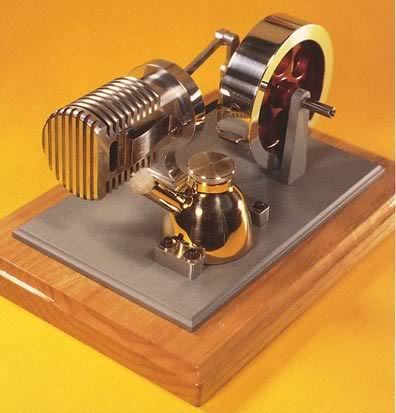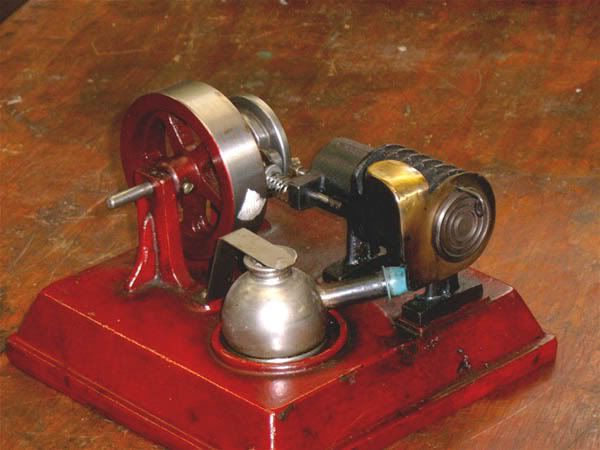rake60
Well-Known Member
- Joined
- Jul 8, 2007
- Messages
- 4,756
- Reaction score
- 124
I've seen pictures of this Flame Licker design a few places and I've been
searching for the plans.

It seems a young man re-drew the plan as a high school drafting project.
He posted his work on his web site at:
http://www.anthonydavies.org/inv1.html
Another one on the things to build list.......
searching for the plans.

It seems a young man re-drew the plan as a high school drafting project.
He posted his work on his web site at:
http://www.anthonydavies.org/inv1.html
Another one on the things to build list.......





